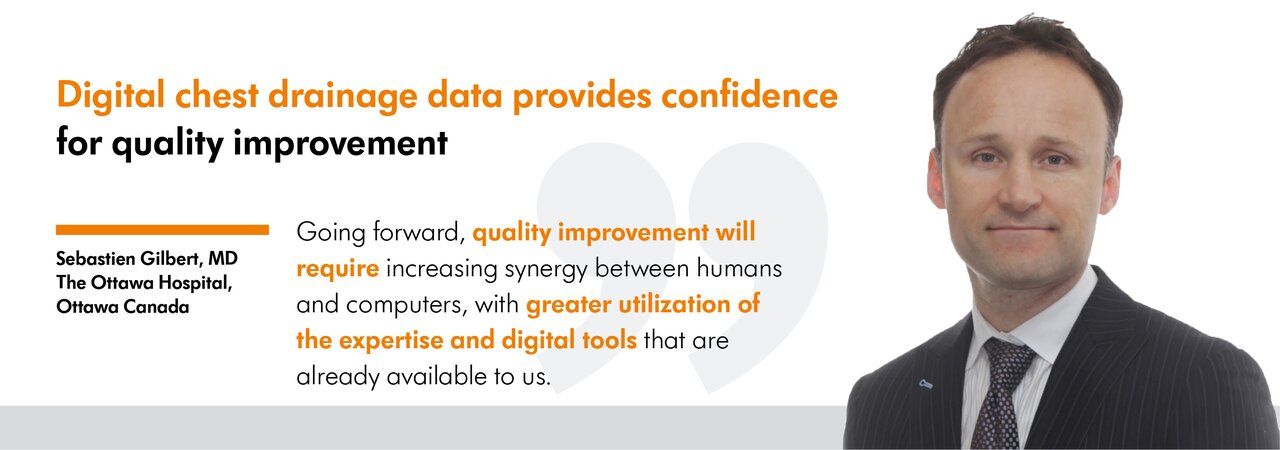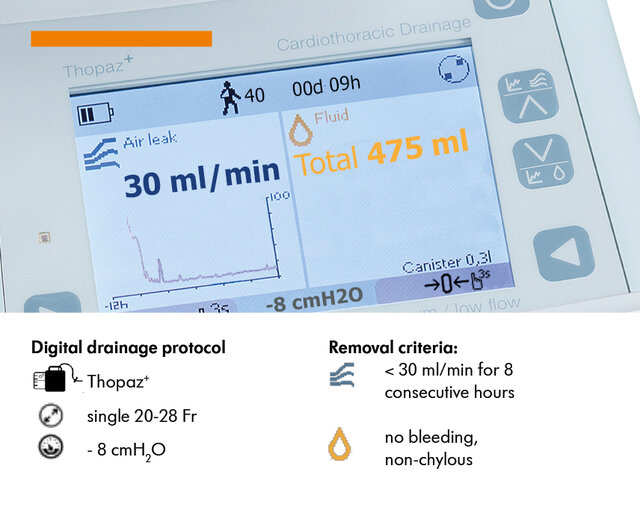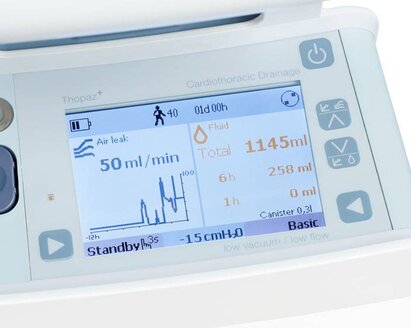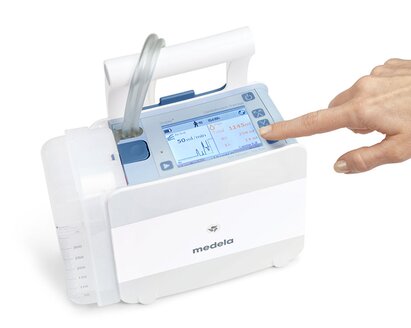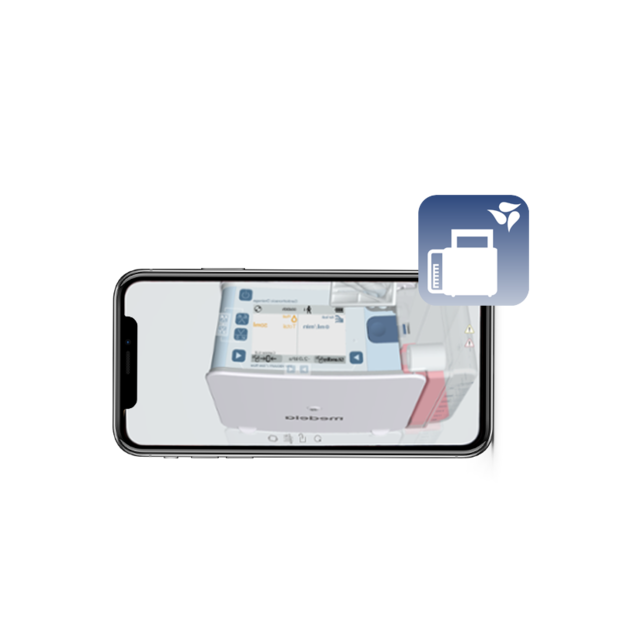Du tittar just nu på:
Medela - sv_SE
Du kan välja en alternativ Medela-webbplats i något av dessa länder:
Välj
Välj
Global
Australia
Austria
Belgium
Brazil
Canada
China
Denmark
France
Germany
Luxembourg
India
Italy
Japan
Netherlands
New Zealand
Norway
Poland
Portugal
Spain
Switzerland
Sweden
UK
United States of America
Du kan välja en alternativ Medela-webbplats i något av dessa länder:
Du kan välja en alternativ Medela-webbplats i något av dessa länder:







